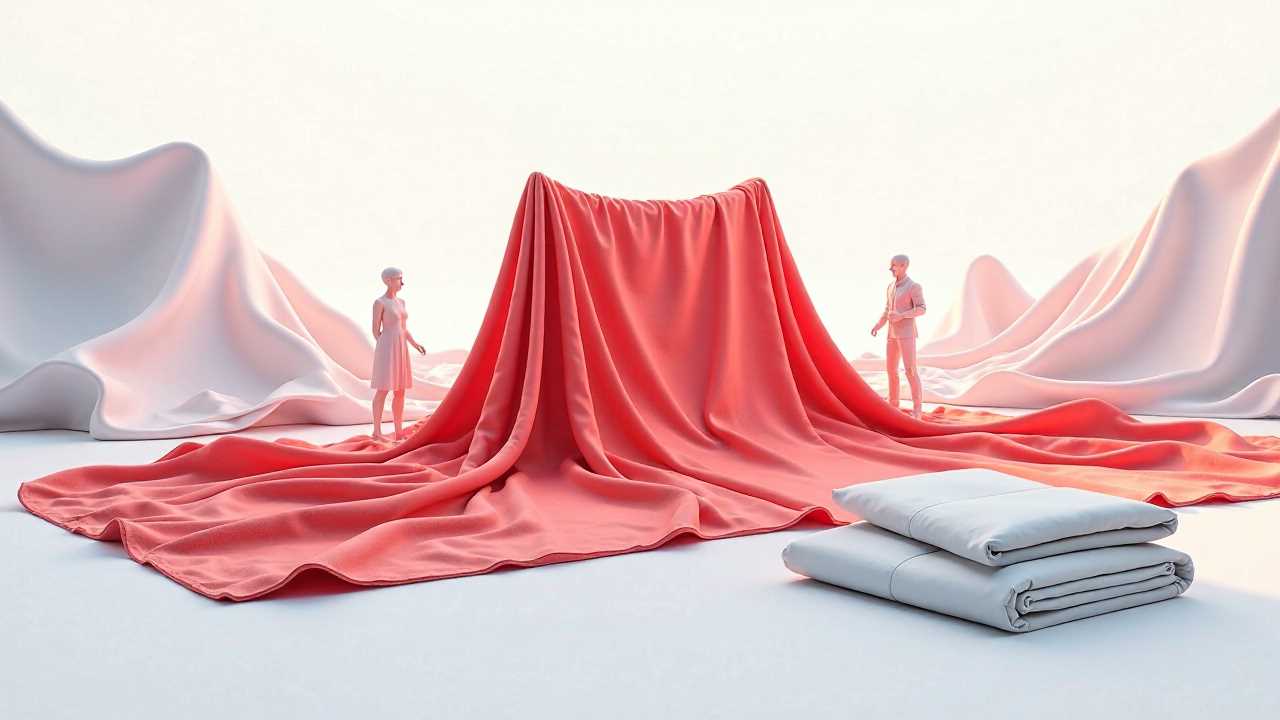
Understanding Cloth Simulation in 3D Animation
Cloth simulation in 3D animation is a dynamic process that allows artists to create realistic fabric movements and interactions within a digital environment. This technique is essential for producing lifelike animations in films, video games, and virtual reality experiences. By accurately simulating the behavior of cloth, animators can achieve a level of realism that captivates audiences and enhances storytelling.
The Role of 3D Modeling in Cloth Simulation
At the foundation of cloth simulation lies 3D modeling. This process involves creating a digital representation of the fabric and its properties. Artists must consider the geometry of the cloth, including its folds, wrinkles, and overall structure. A well-crafted model serves as the basis for effective simulation.
When creating a cloth model, it is vital to incorporate texture mapping. This technique involves applying images or patterns to the surface of the cloth, which adds depth and realism. By using high-resolution textures, animators can create the illusion of intricate fabric details, such as weaves and patterns, that enhance the visual appeal of the animation.
Physics-Based Techniques for Realistic Movement
The heart of cloth simulation lies in physics-based techniques. These methods utilize mathematical algorithms to mimic the physical properties of fabric, such as gravity, wind, and collision. By applying these principles, animators can create cloth that reacts naturally to its environment.
One of the key aspects of physics-based simulation is the mass-spring model. This approach treats the cloth as a network of interconnected particles, allowing it to behave like real fabric. By adjusting parameters such as stiffness, damping, and mass, artists can fine-tune the cloth's behavior to achieve the desired look and feel.
Implementing Rigging Techniques for Enhanced Control
Rigging techniques play a crucial role in cloth simulation, as they provide animators with the control needed to manipulate the fabric during animation. By creating a skeleton or rig for the cloth, artists can define how it interacts with other objects and characters in the scene.
A common approach is to use weight painting, which allows animators to assign different levels of influence to various parts of the rig. This technique ensures that the cloth moves naturally in response to the underlying character's movements. For instance, when a character raises their arm, the cloth should follow suit, creating a seamless and realistic animation.
Optimizing Rendering Settings for Stunning Visuals
Once the cloth simulation is complete, the next step is to focus on rendering settings. This stage is crucial for achieving high-quality visuals that showcase the intricate details of the cloth.
To optimize rendering, artists should consider factors such as lighting, shadows, and anti-aliasing. Proper lighting can dramatically affect how the cloth appears, highlighting its texture and movement. Shadows add depth and realism, making the cloth appear as though it exists in a three-dimensional space.
Another important aspect is the choice of rendering engine. Different engines offer various features and capabilities, so selecting the right one can significantly impact the final output. For instance, some engines excel in simulating realistic fabric behavior, while others may focus on achieving stunning visual effects.
Streamlining the Animation Workflow
To achieve success in cloth simulation, it is essential to streamline the animation workflow. This involves organizing the various stages of the animation process, from modeling to rendering, to ensure efficiency and consistency.
One effective strategy is to create a pipeline that integrates all aspects of the animation process. By establishing a clear workflow, artists can easily transition between different stages, minimizing the risk of errors and maximizing productivity. This approach also facilitates collaboration among team members, allowing for a more cohesive final product.
Mastering cloth simulation in 3D animation requires a comprehensive understanding of various techniques and processes. By focusing on 3D modeling, physics-based methods, rigging techniques, rendering settings, and an efficient animation workflow, artists can create stunning, lifelike animations that captivate audiences. With dedication and practice, anyone can achieve excellence in this intricate field of 3D animation.
 Digital Art InstructionDIY Infographics DesignMobile Game ArtworkPersonalized Logo Design3D AnimationeBook Covers DesignPrivacy PolicyTerms And Conditions
Digital Art InstructionDIY Infographics DesignMobile Game ArtworkPersonalized Logo Design3D AnimationeBook Covers DesignPrivacy PolicyTerms And Conditions
